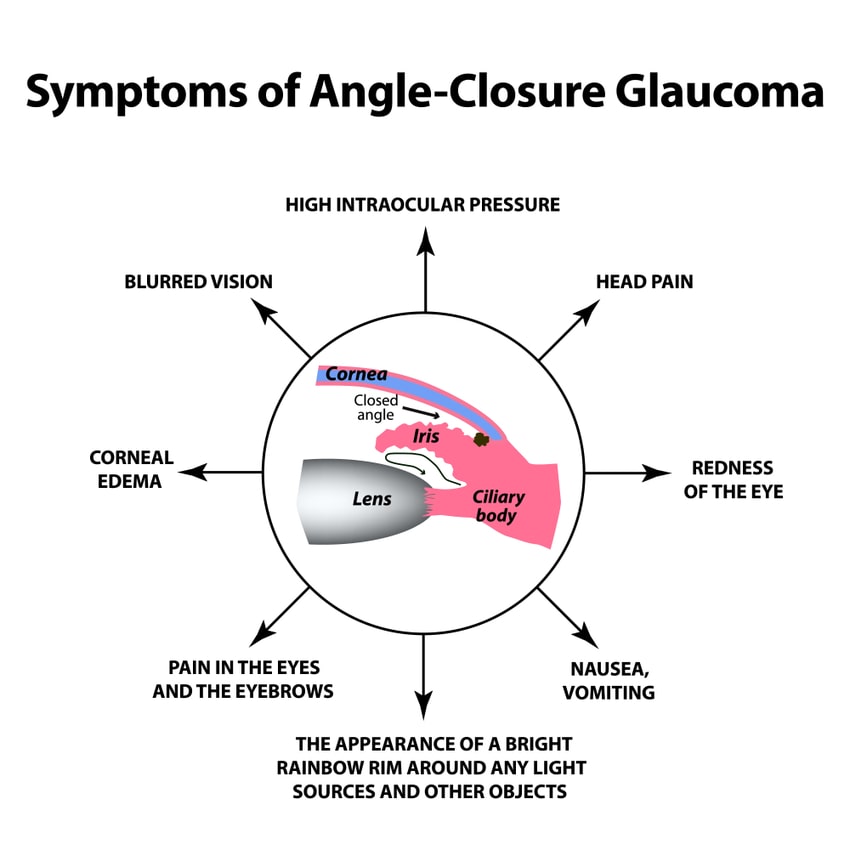Glaucoma Awareness Month: what are your glaucoma treatment options?
Glaucoma is a leading cause of blindness in America as a result of often going unnoticed for years. It is thought to affect over 3 million Americans with only half of them aware they have the condition. As part of Glaucoma Awareness Month, we wanted to shine a light on glaucoma, its symptoms and treatment options.
Glaucoma explained
Glaucoma causes pressure in the eyes to increase due to fluid build-up. This damages the optic nerve which carries signals from your eyes to your brain that enable you to see. The most common form of glaucoma is open angle glaucoma, where fluid build-up in the eyes is caused by the channels that drain the fluid away becoming blocked over time.
Symptoms to spot
In its earliest stages, glaucoma doesn’t affect your vision, which is why it is so important to see an eye doctor regularly to check the pressure in your eyes. As open angle glaucoma progresses, the first signs of visual problems usually involve gradual loss in your peripheral vision.
Symptoms of acute angle closure glaucoma to look out for include blurred vision, rainbow-colored circles appearing around bright lights and severe eye pain.
Glaucoma treatment options
Glaucoma cannot be cured but its progress can be stopped. It is normally first treated with eye drops to reduce the pressure in the eyes. However, eye drops can cause red eye and dryness and for some, may also become ineffective as the disease progresses. This is when surgery can help.
Laser surgery
In the early stages, an effective open angle glaucoma treatment is selective laser trabeculoplasty (SLT). This is a type of laser eye surgery for glaucoma, which can eliminate the need for eye drops by improving fluid drainage in the eyes. This completely painless procedure takes just 20 minutes and approximately has an 80% success rate in reducing eye pressure for 3–5 years.
Istent
Another option for those with mild to moderate open angle glaucoma is the Istent. This surgery involves placing a small titanium tube called a glaucoma stent into the eye. This stent provides a clear path for fluid to drain out of the eye, bypassing the blockages and therefore reducing the pressure within the eye back down to normal.
Istent surgery is performed at the end of cataract surgery, with the placement of the stent taking just 5–10 minutes. You’ll remain awake for the procedure, but your eyes will be numbed with local anesthetic, so you won’t experience any pain.
As with any surgery, there are some risks, including infection and inflammation. This is why you’ll be sent home with antibiotics and anti-inflammatory eye drops. Recovery is quick but we recommend taking a week off work and avoiding strenuous activity. Istent for glaucoma has a 77% success rate in reducing eye pressure after 5 years.
What is the right treatment for you?
To find out which glaucoma treatment is right for you, schedule a consultation with our glaucoma specialist in San Antonio, Dr. Oday Alsheikh MD, at Braverman-Terry-Oei Eye Associates. As a highly experienced eye surgeon, Dr. Alsheikh has successfully completed thousands of procedures to help his patients see better for longer and is waiting to help you begin your journey to healthier vision!
 San Antonio, TX
San Antonio, TX



